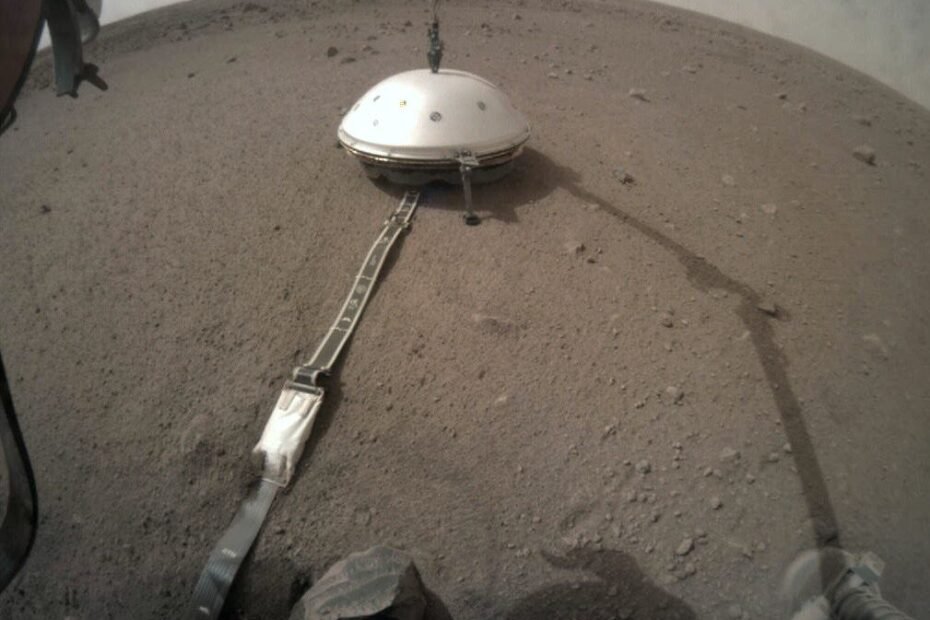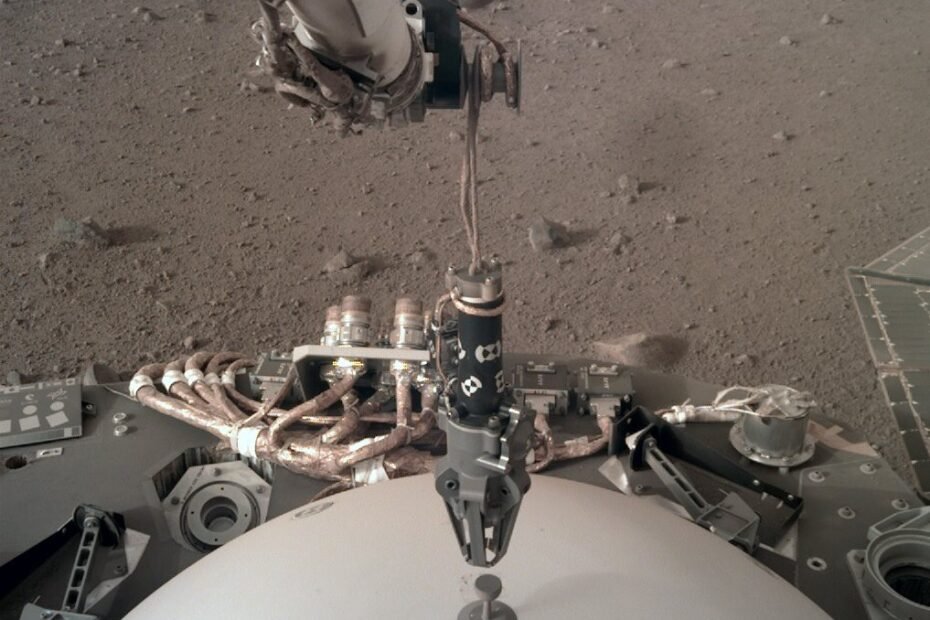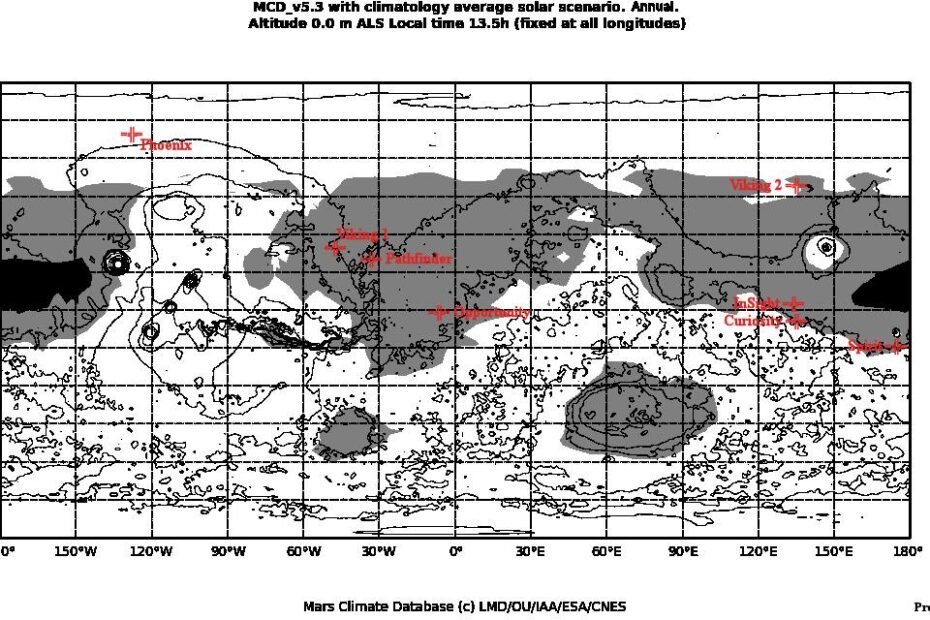InSight’s seismometer now has a cozy haven on Mars
In recent weeks, NASA’s InSight lander has made changes to the seismometer laid down on the Martian surface on Dec. 19. It has now reached another milestone by placing a domed shield on the seismometer to help the instrument collect accurate data. The seismometer will give scientists their first look inside the Red Planet, helping them understand how Mars and other rocky planets formed. The… Read More »InSight’s seismometer now has a cozy haven on Mars




